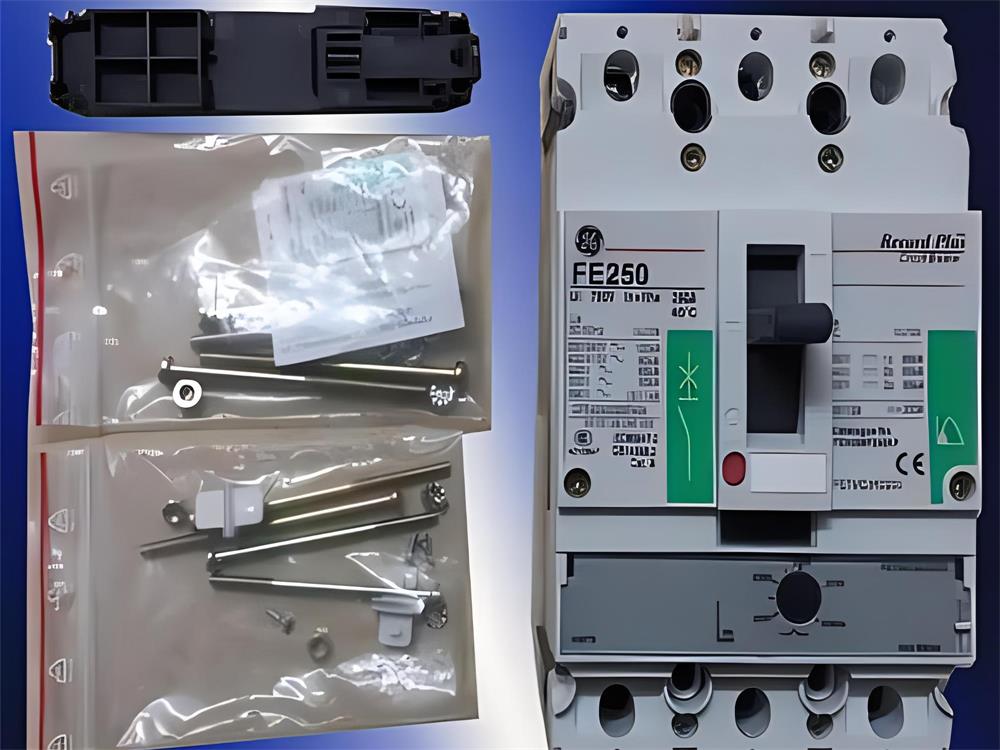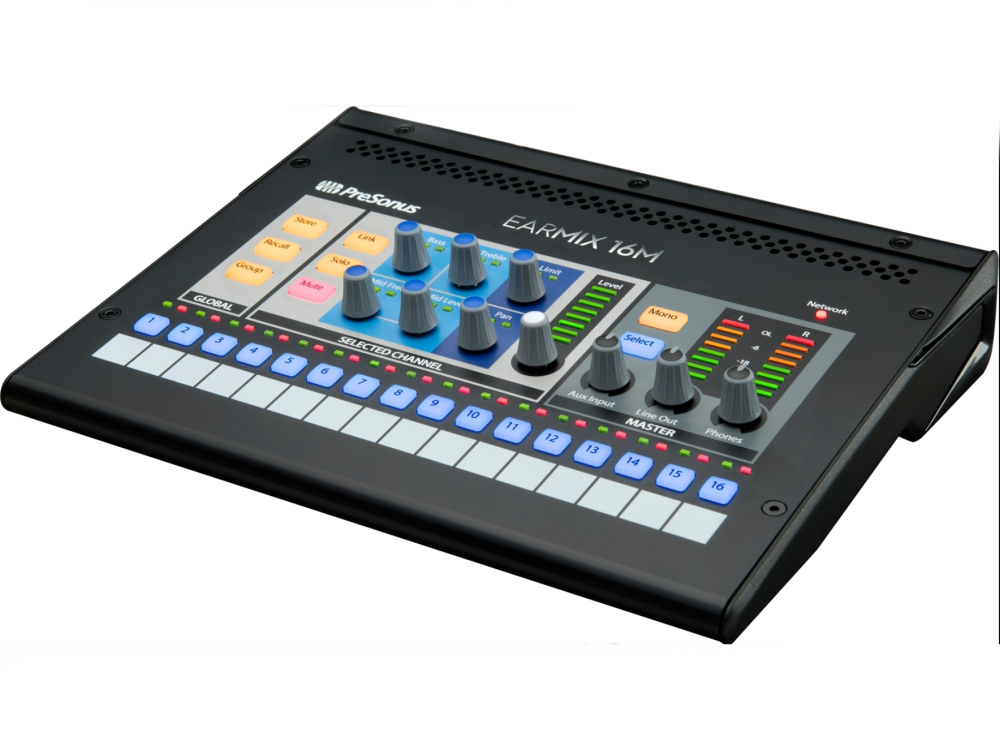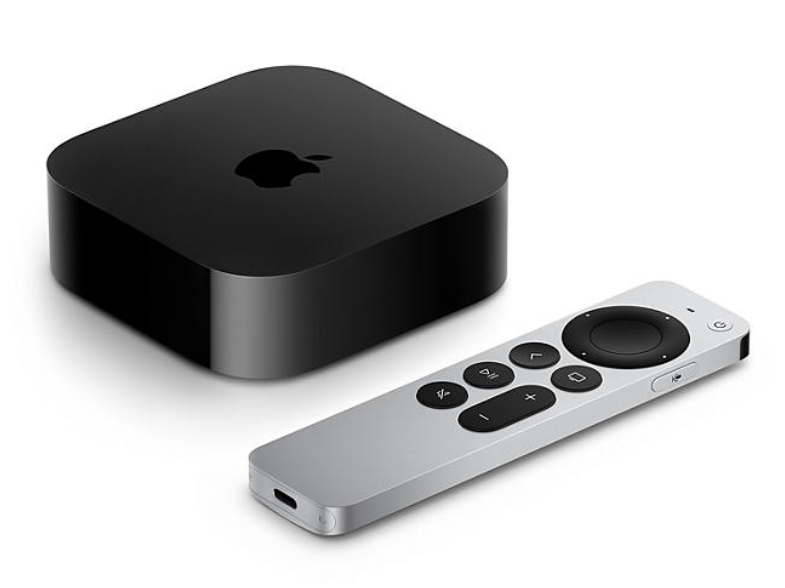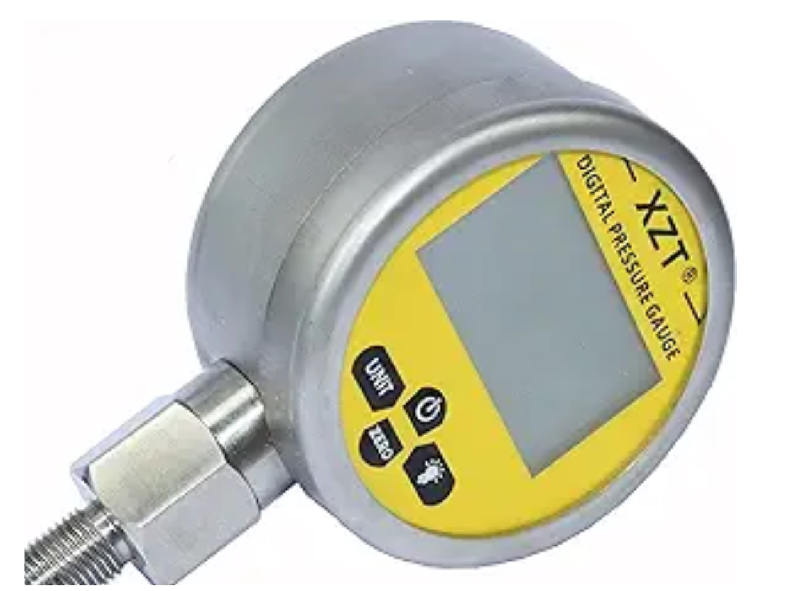As a modern electronic component, membrane switches play an important role in modern technology and industry. With a variety of types and a wide range of applications, let's explore the various ways of operating membrane switch products.
Single-button membrane switches:
A single-button membrane switch is the most basic type of membrane switch, commonly used in various electronic equipment such as remote controls and calculators. By simply pressing the button, users can control the circuit switch function, providing convenient operation.
Multi-Button Membrane Switches:
Multi-button membrane switches have multiple buttons for multi-functional control and are used in complex electronic equipment or panel control systems. They are commonly used in digital instruments, control panels, and other situations that require multi-functional operation.
Water-Sealed Membrane Switches:
Water-sealed membrane switches are designed with special materials that make them waterproof and dustproof. They are suitable for outdoor equipment, medical devices, and other applications that require protection to ensure the reliability and safety of the equipment.
Flexible Membrane Switches:
A flexible membrane switch is made of soft material that can be bent and folded, making it suitable for curved designs. It is commonly used in flexible electronic products such as curved screens and wearable devices, offering innovative possibilities for product design.
Customizable membrane switches:
Certain membrane switches can be customized to meet the specific requirements of customers, such as shape, size, color, and more. They are ideal for a range of personalized or unique electronic product design needs.
Pressure Sensitive Switches:
When external pressure is applied to a specific area of the membrane switch, it causes the contacts between the conductive layer and the conductive layer to come into contact, forming a closed circuit that enables the switching function. When pressure is released, the contacts separate and the circuit is broken.
It has fast operating response and high reliability. Strong durability, high flexibility and easy to clean and maintain the advantages.
As an easy and reliable switch control device, pressure-sensitive membrane switches are widely used in a variety of fields, such as home appliances, industrial control equipment, medical equipment, etc., to meet the switch control needs of different occasions.
Touch Membrane Switches:
Touch membrane switches are similar to pressure-sensitive switches, but they do not require physical pressure to be triggered. Instead, they are activated by a light touch or by proximity to the surface of the membrane switch. These switches can be triggered by lightly touching or approaching the surface of the membrane switch. A tactile membrane switch typically utilizes capacitive or resistive technology. When a user's finger or a conductive object approaches or touches the surface of the membrane switch, it alters the electric field or resistance, thereby triggering the switching function.
Keypad Membrane Switches:
A keypad membrane switch is a product designed to simulate a traditional keypad. It features a pattern of key areas printed on the surface of the membrane switch, allowing the user to press a specific area to trigger a key operation.
Keypad membrane switches can be customized with various key patterns and functional designs based on specific requirements. Constructed from thin membrane material, these switches are durable, thin, and soft, capable of enduring multiple pressing operations without being easily damaged. They are suitable for integration into a wide range of electronic product designs.
Resistance Sensing Membrane Switches:
A resistance inductive membrane switch is a type of membrane switch product that operates by measuring the changes in resistance when the surface of the membrane is approached or touched. This allows the system to identify user interactions. When a user's finger or conductor approaches or touches the membrane surface, the resistance value changes, enabling the system to quickly recognize and activate the corresponding switch function. Resistance inductive membrane switches are known for their sensitive triggering, low power consumption, and are commonly used in touch panels, smart home control panels, intelligent access control systems, medical equipment, and other applications.
Membrane Panels:
Membrane panels serve as the primary interface between the user and the device. Users can control the device's functions by touching, pressing, or moving closer to the panel. Made of a flexible membrane material, membrane panels are thin, flexible, and durable. The appearance, patterns, and colors can be customized to meet product design requirements, enhancing the aesthetics and quality of the panel. Thin-membrane panels can also be printed to create wires and circuit patterns on the surface, enabling complex circuit designs and multi-functional integrated experiences. Some membrane panels can undergo special treatment to become waterproof, anti-fouling, anti-bacterial, anti-glare, and other functions, enhancing the product's practicality. Membrane panels are flexible and bendable, allowing them to be bent and folded as needed. This feature makes them suitable for curved surface design, flexible equipment, and other requirements. They are widely used in various electronic products and control equipment, becoming a common control interface component in modern electronic devices.
Thin membrane circuit:
A thin membrane circuit is a type of circuit board made from thin membrane material that is flexible and can be bent, curled, and deformed. These circuits can be customized to meet specific product design requirements, allowing for high-density circuit layouts in small spaces and improved integration and performance. Thin membrane circuits exhibit good stability and reliability under normal operating conditions, enabling stable transmission of electrical signals over extended periods. They are characterized by flexibility, thinness, and customizability.
Membrane lines can be classified into a variety of types based on their structure and use, with common types including the following:
Single-Sided Membrane Circuit:
A single-sided film circuit is a film board covered with metal wires on one side for connecting electronic components and circuits. It is commonly used in various electronic products, such as remote controls and mobile phones. Its role is to provide circuit connection and signal transmission functions.
Double-sided film circuits:
Double-sided film circuits are coated with metal conductors on both sides, allowing for more intricate circuit layouts and connections for applications that demand additional signal circuits, thereby enhancing circuit density and performance.
Multilayer thin film circuits consist of metal wires sandwiched between multilayer thin film boards. They allow for complex circuit design and signal transmission, making them ideal for high-end electronic products and systems. These circuits enhance the integration and performance of electronic circuits.
Flexible Copper Foil Membrane Circuit:
The Flexible Copper Foil Membrane Circuit utilizes flexible copper foil as the conductor, providing improved flexibility and bend ability. It is ideal for products that necessitate a flexible design, such as curved screens and wearable devices.
Rigid-flexible composite film circuits combine the characteristics of rigid and flexible materials. They are suitable for circuit designs that require partially fixed and partially flexible circuits, such as mobile phone folding screens and automotive electronic systems.
Touch membrane circuit: Touch membrane circuits integrate touch sensors and conductor circuits to recognize touch operations and gestures. They are used in a variety of touch-controlled devices, such as tablet PCs and smart home products.
Different types of thin-membrane circuits have varying structural and functional characteristics, making them suitable for a range of electronic products and application scenarios. This diversity provides a wealth of options and design possibilities.





